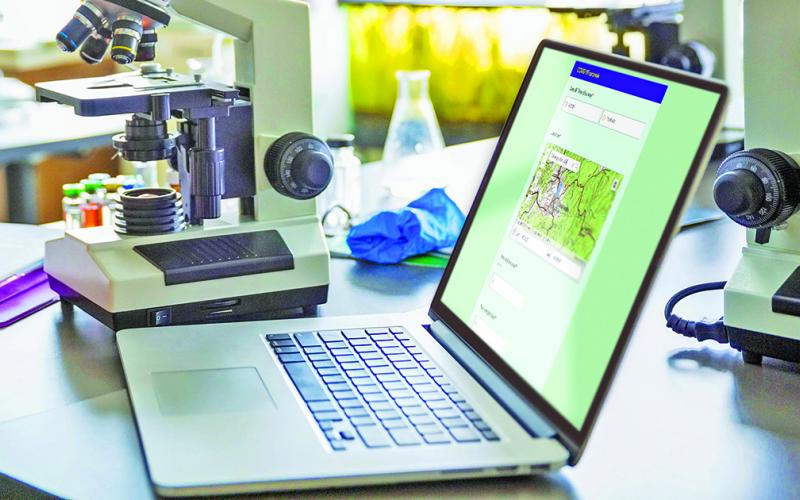By Edie Rogers / UNG Reports
As the United States and the world seek measures to curb the spread of the COVID-19 pandemic, debates have arisen over whether governments are overreaching in their containment policies or if populations should voluntarily take actions such as social distancing. Which actions are more effective? And why?
Dr. Ali Mehran, assistant professor of Earth and geospatial science has developed a survey (online at: “https://bit.ly/39mSiYo”) to understand how society's approach to the COVID-19 pandemic impacts community resilience.
"In cases of extreme events in a society, there are always some top-down approaches, such as policies on using state reserves, regulations on evacuation, or quarantine to handle the situation," Mehran said. "On the other hand, communities also have a bottom-up response to these situations, such as willingness to work at home or preparedness for home quarantine as soon as they feel they are vulnerable."
To compare these two approaches, Mehran seeks a wide variety of participants in the survey, including local, national and international. The COVID-19 survey, currently available in multiple languages, takes less than five minutes to complete.
The anonymous survey asks whether the participant is infected, has prepared to be at home for two weeks, and is able and willing to work from home. The survey also asks, on a scale from one to five, "How scared are you?"
However, the key part of the survey is identifying the respondent's location, an area of research for which UNG’s Institute for Environmental and Spatial Analysis (IESA) is uniquely equipped with tools and expertise.
On the first day of data collection, Mehran already had more than 200 responses from around the world, including Australia, Iran and Iraq. Some 180 Georgia respondents were located along the corridors of the main interstates, and Mehran was fascinated to see that the responses aligned with the CDC map of infection in the state.
"It is that exact geospatial aspect of the problem that is important because most surveys just collect data and don't look at location," Mehran said. "In this survey, location really matters because it has an effect on how people feel, the regulations enacted and, of course, how the disease is spreading."
The idea for the survey developed as Mehran, whose research focus is on statistics and hydrology, saw the World Health Organization (WHO) and Centers for Disease Control and Prevention (CDC) graphs related to infection in different countries being used comparatively. Questions such as "Is Italy the next China?" and "Will the U.S. curve look like Italy's or South Korea's?" Mehran believed to be a case of comparing apples and oranges.
"I felt there was something missing here," Mehran said. "Why should we compare these countries together when they have different policies, different cultures, and different ways to provide resilience to their communities?"
He noted that other location-dependent factors such as population density, climate and urbanization are important in investigating the differences in how the disease spreads and the reactions to that spread.
"Once we have enough data, we can compare the findings from my data collection and those graphs from the CDC and WHO to determine the most important factor in providing resilience for communities," Mehran said. "Was it mostly government regulation, like in communist China that had very strict measures, or was it people willing to stay at home and work from home and keep social distancing?"
He expects the results will differ from country to country, and even state to state within the United States. Knowing what works and why—including lessons to be learned from other countries and whether government policies helped prepare the public for the pandemic—will be helpful in continuing to attack the spread of the virus or in future extreme events, Mehran said. He plans to publish a paper on his findings and is seeking grant support to expand his survey.
"The work done by Dr. Mehran will advance the knowledge necessary to defeat COVID-19 around the world, and will stand as an example for our students regarding the scholarly leadership shown by our faculty," said Dr. Andy Novobilski, UNG's chief research officer. "The University of North Georgia, in its commitment as a community-engaged Institution, is appreciative of Dr. Mehran’s quick response."

